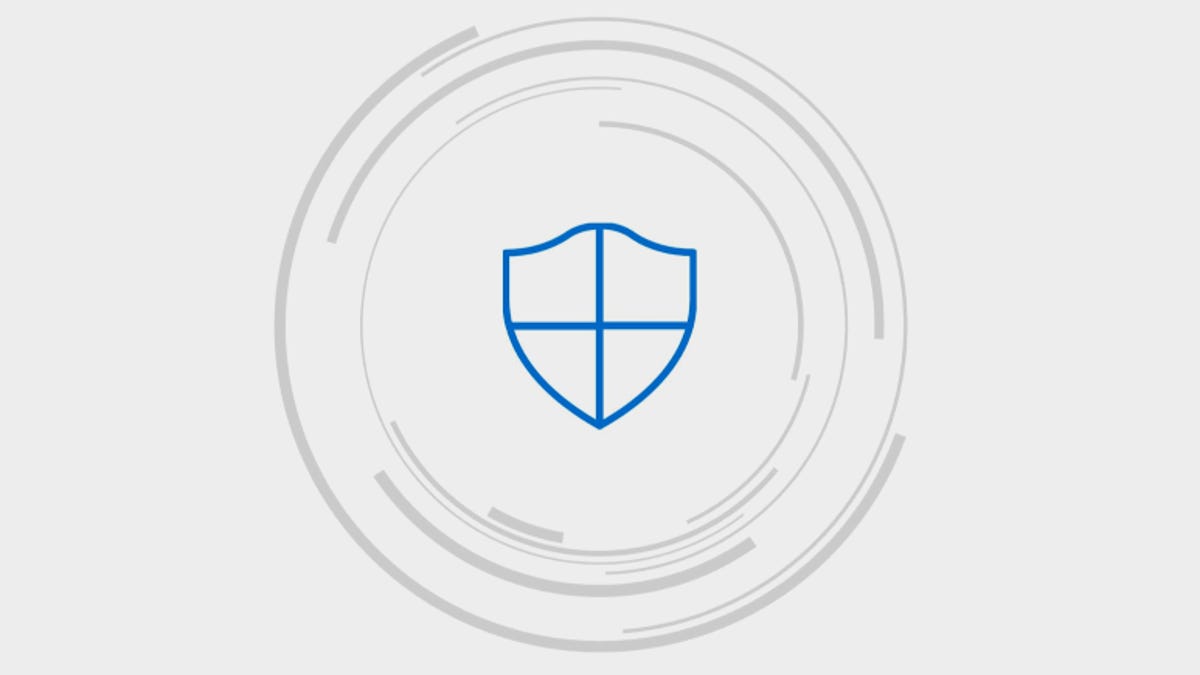- Jul 27, 2015
- 5,459
Microsoft Defender Advanced Threat Protection (ATP), the commercial version of the ubiquitous Defender antivirus and Microsoft's top enterprise security solution, is currently having a bad day and labeling yesterday's Google Chrome browser update as a backdoor trojan. The detections, as can be seen in a screenshot above shared with ZDNet by one of our readers, are for Google Chrome 88.0.4324.146, the latest version of the Chrome browser, which Google released last night.
The alerts have caused quite a stir in enterprise environments in light of recent multiple software supply chain attacks that have hit companies across the world over the past few months. System administrators are currently awaiting a formal statement from Microsoft to confirm that the detection is a "false possitive" and not an actual threat.

Microsoft Defender ATP is detecting yesterday's Chrome update as a backdoor
Microsoft commercial antivirus product is labeling Chrome's latest update as being infected with the Funvalget backdoor.
 www.zdnet.com
www.zdnet.com

